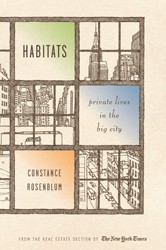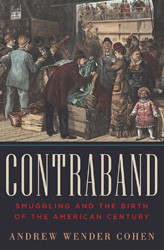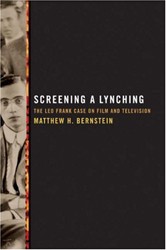As American and European cities modernized, narrow streets and alleys were replaced with wider thoroughfares to speed travel and promote commerce. Some grand boulevards were icons and symbols of the good life like the Champs Elyseé in Paris, Ocean Parkway in Brooklyn, and the Grand Concourse. In the Bronx of the 1930’s and 1940’s, the Concourse was the place to live. Not the wealthiest but certainly more attainable than Park or even West End Avenue.
Within three decades, the Concourse had changed. The elevator men and doormen were gone; Art Deco buildings lost their sparkle; and middle class strivers moved out. While the situation on the Concourse was never quite as bad as in other parts of the Bronx, where buildings were burning, it was no longer a “boulevard of dreams.”
Constance Rosenblum’s account of the history of the street is evocative and informative. Published at its centennial, the book reminds the reader just how recently the Bronx was an area of farms and forests and how the Concourse, designed to be the heart of the borough, was part of larger planned development which featured substantial parkland. She challenges common theories about reasons for the Bronx’ sharp decline, noting that there were multiple causes rather than it being the fault of the construction of the Cross Bronx Expressway and Co-op City. Rather, changing norms and expectations led a new generation of strivers to eschew the small apartments in the Art Deco buildings in favor of single-family suburban homes.





